Our Backstory Remembered!
The definition of backstory is “a set of events that occurred before the main story.” In our case, our family story is the backstory to the landmark Mendez, et al v. Westminster, et al school desegregation case of 1947. Just last September 2024, the state of California moved forward to make Mendez, et al mandatory in California K-12 education. My hope is that this backstory is included by teachers because it has many lessons unique to this history.
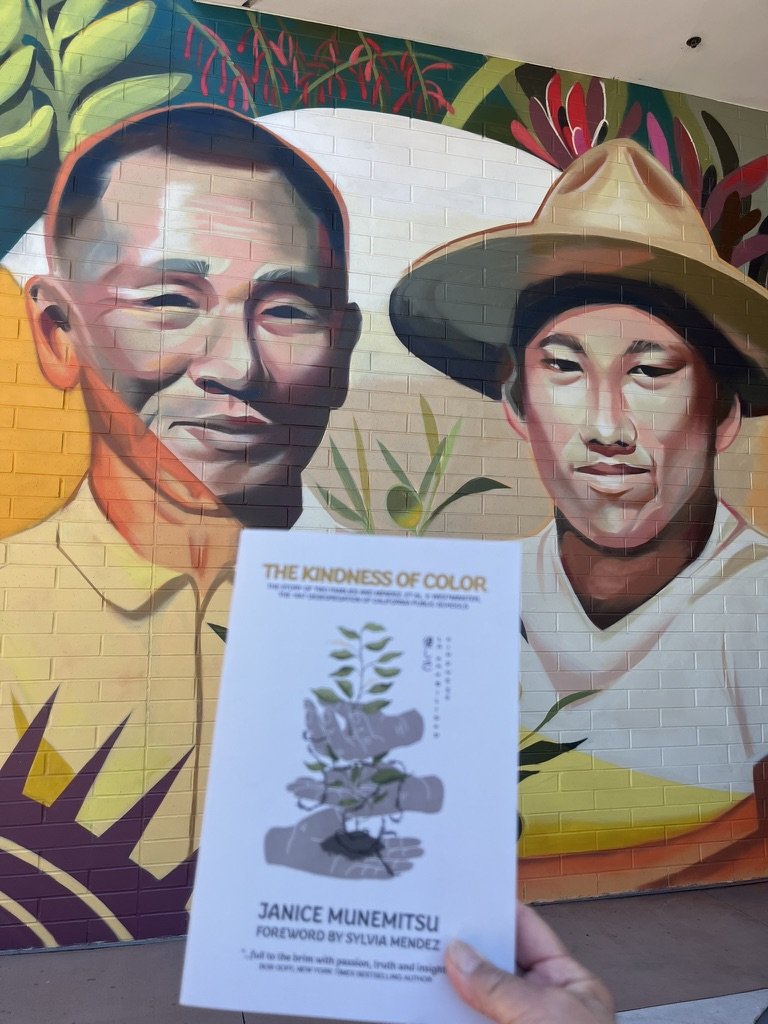
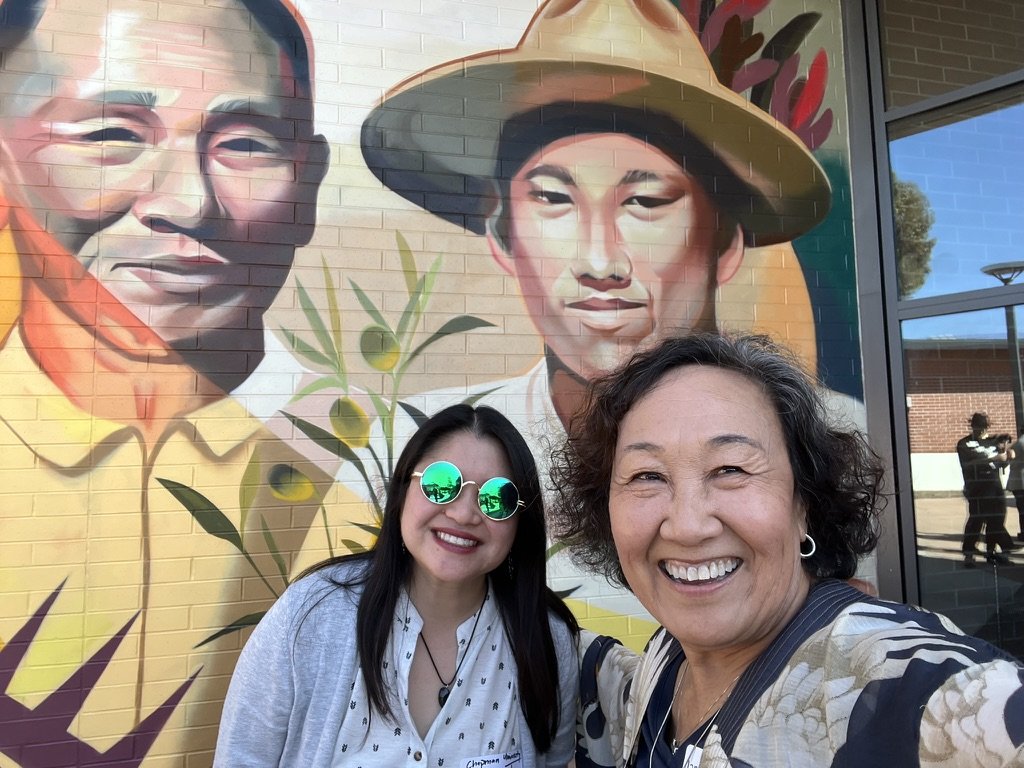

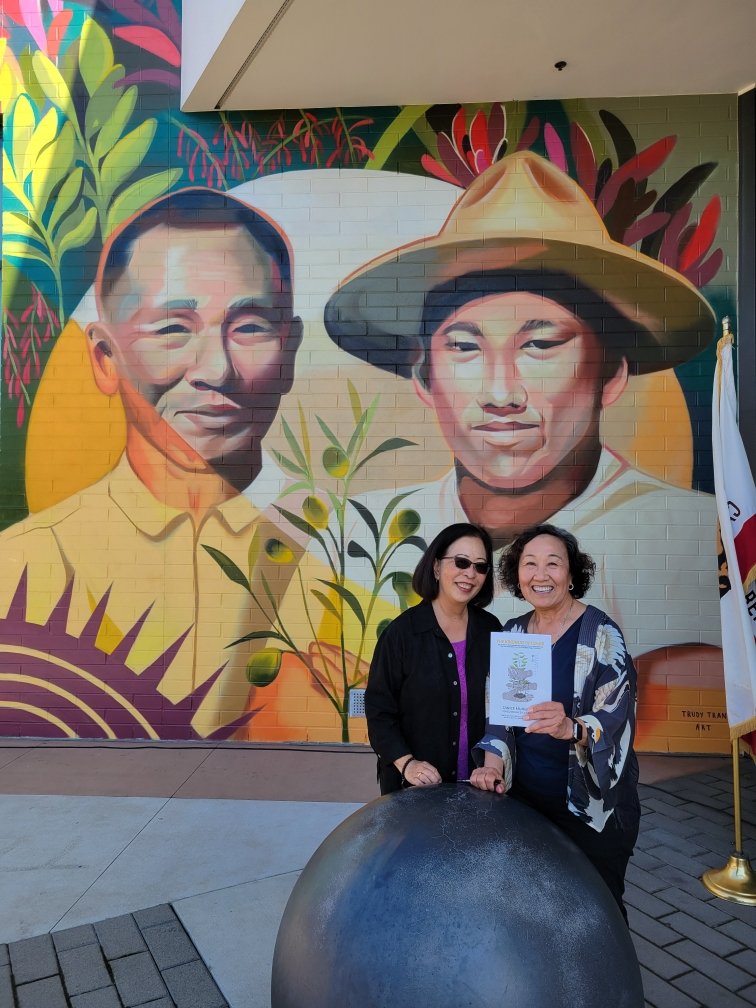


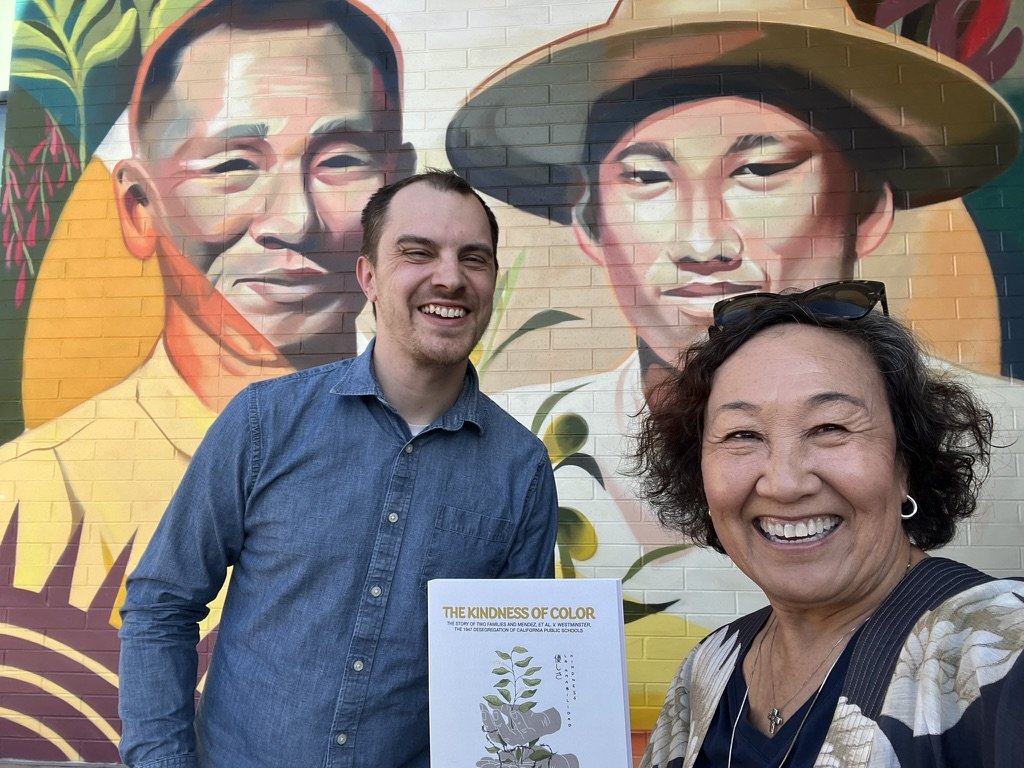
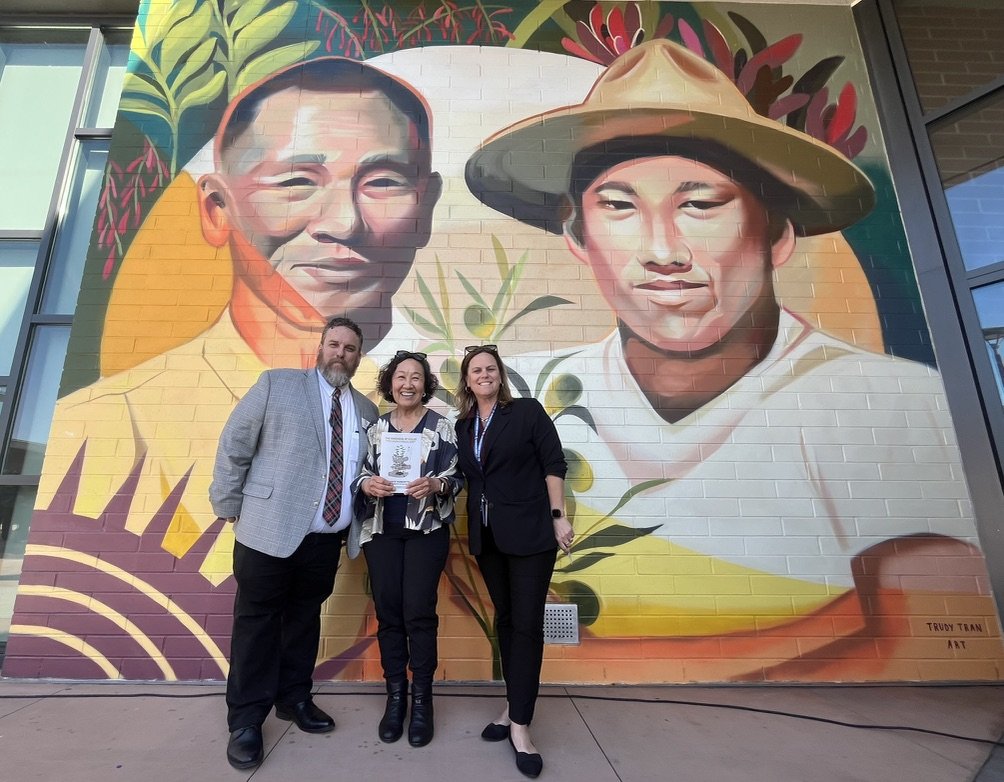

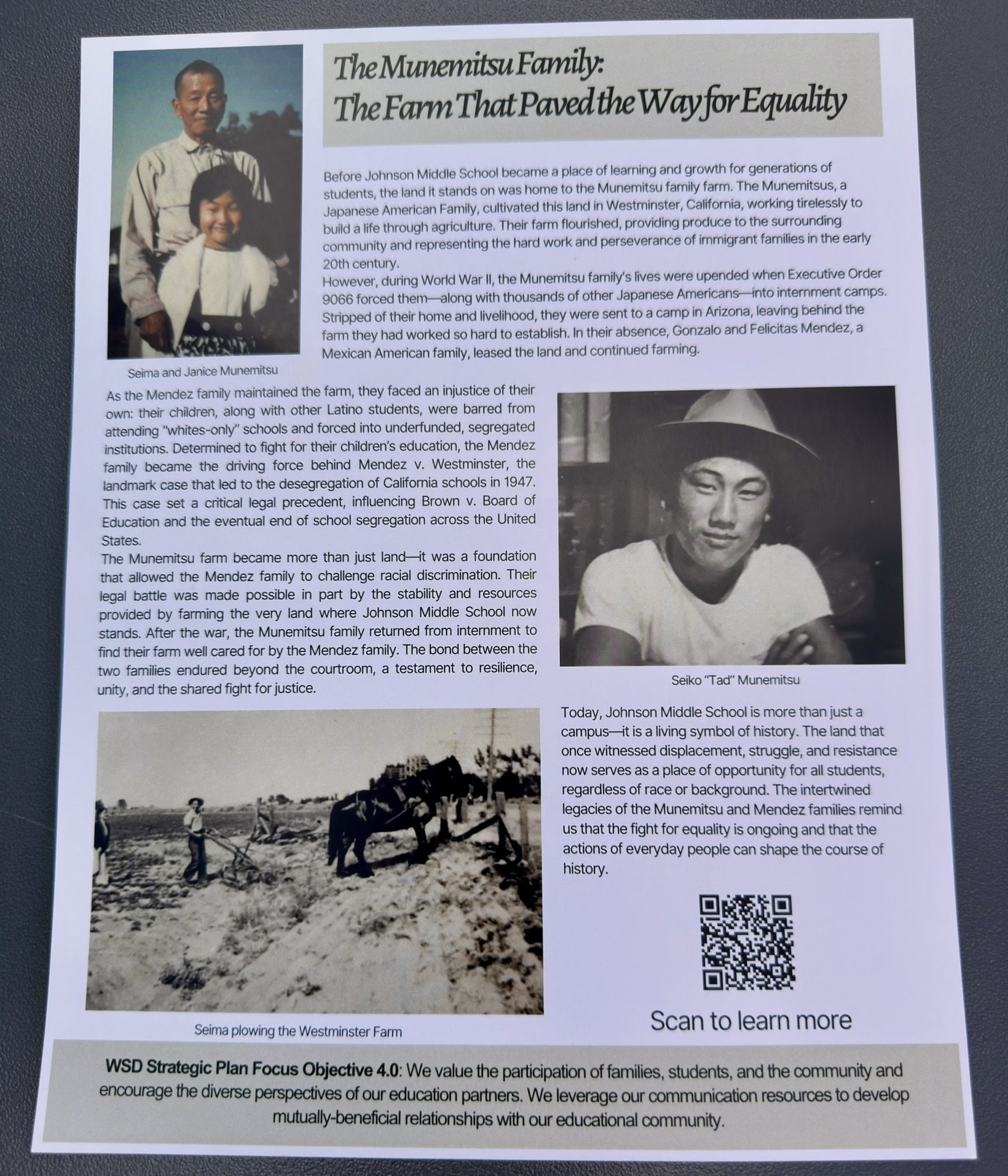
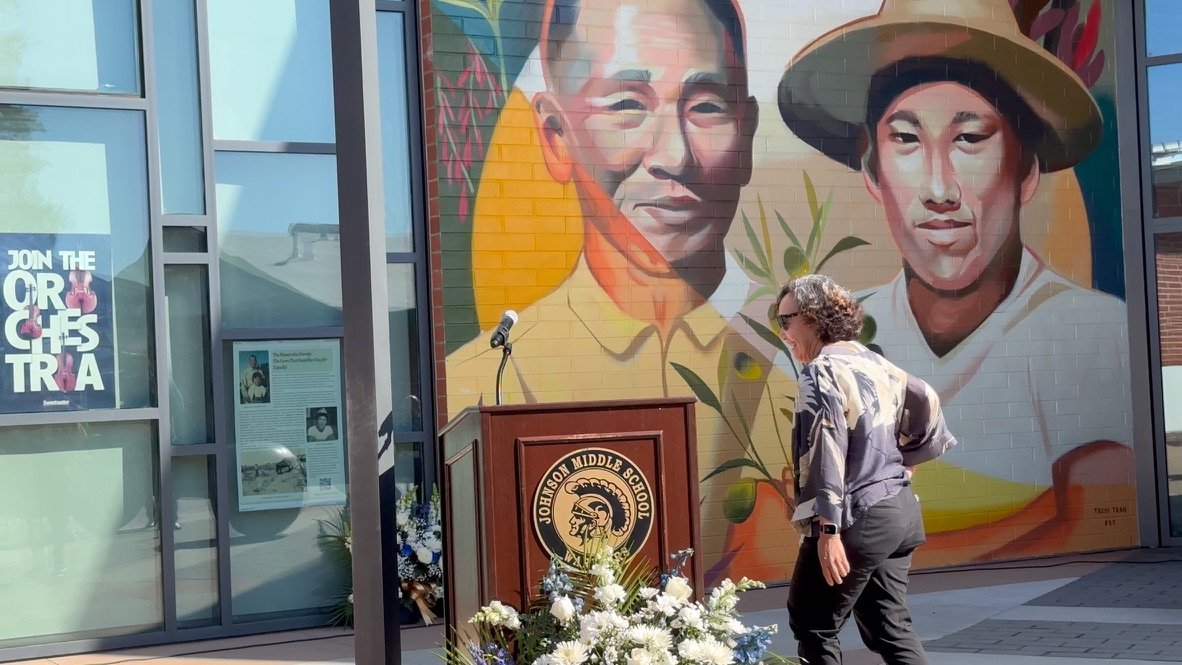
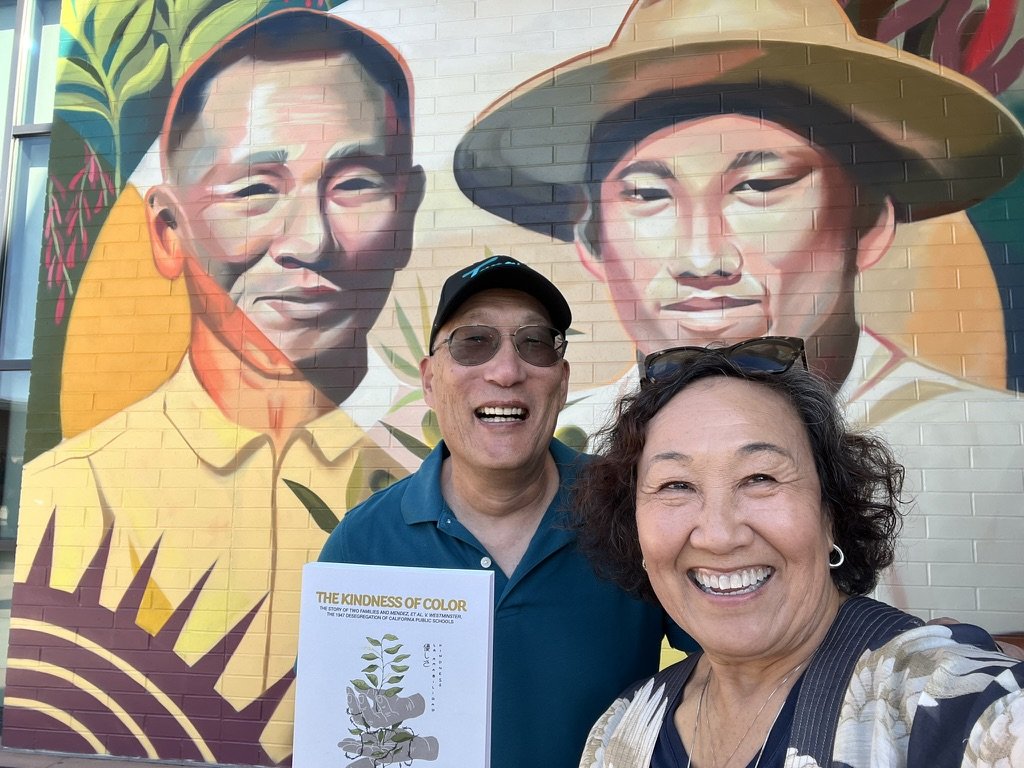
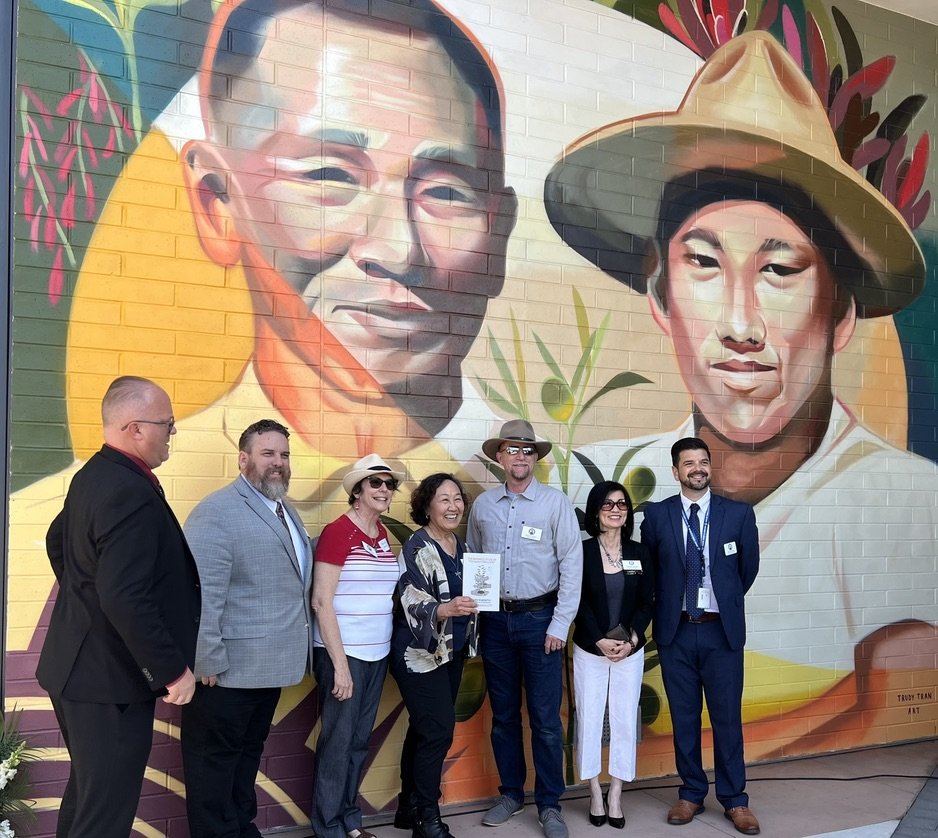


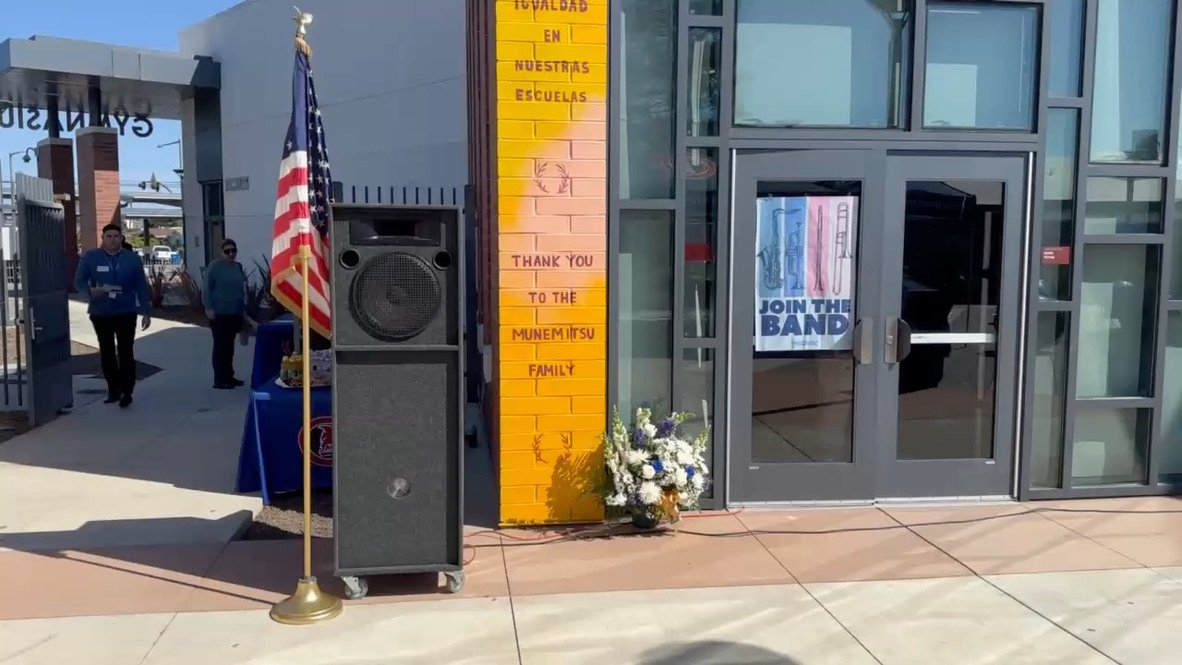
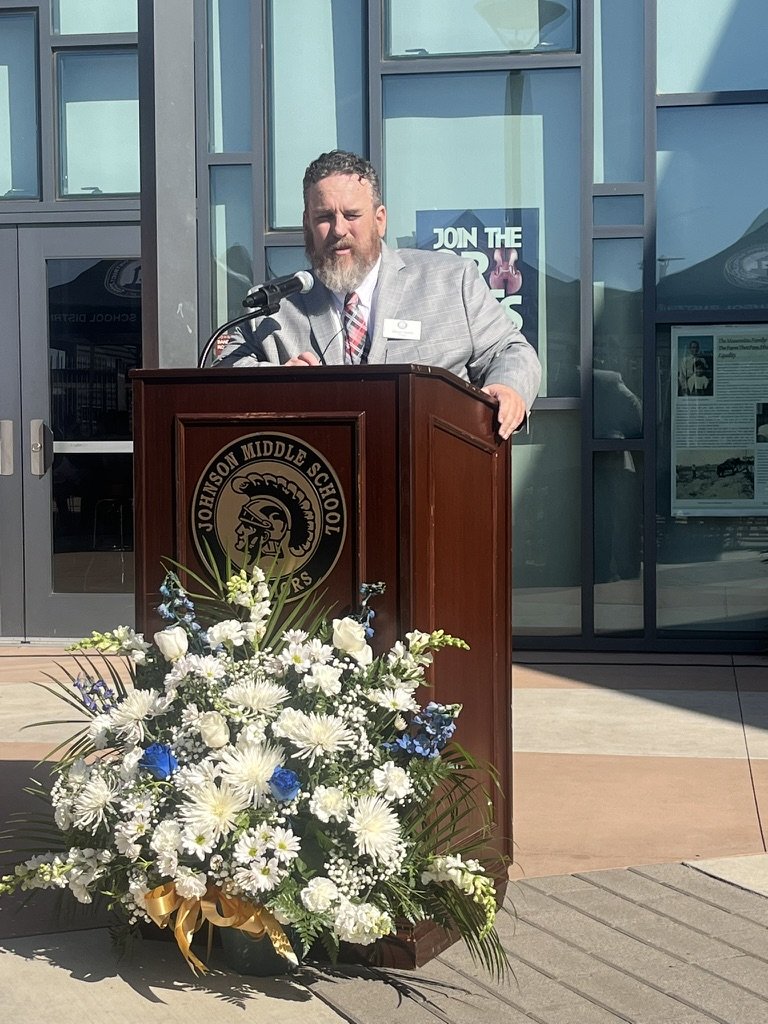
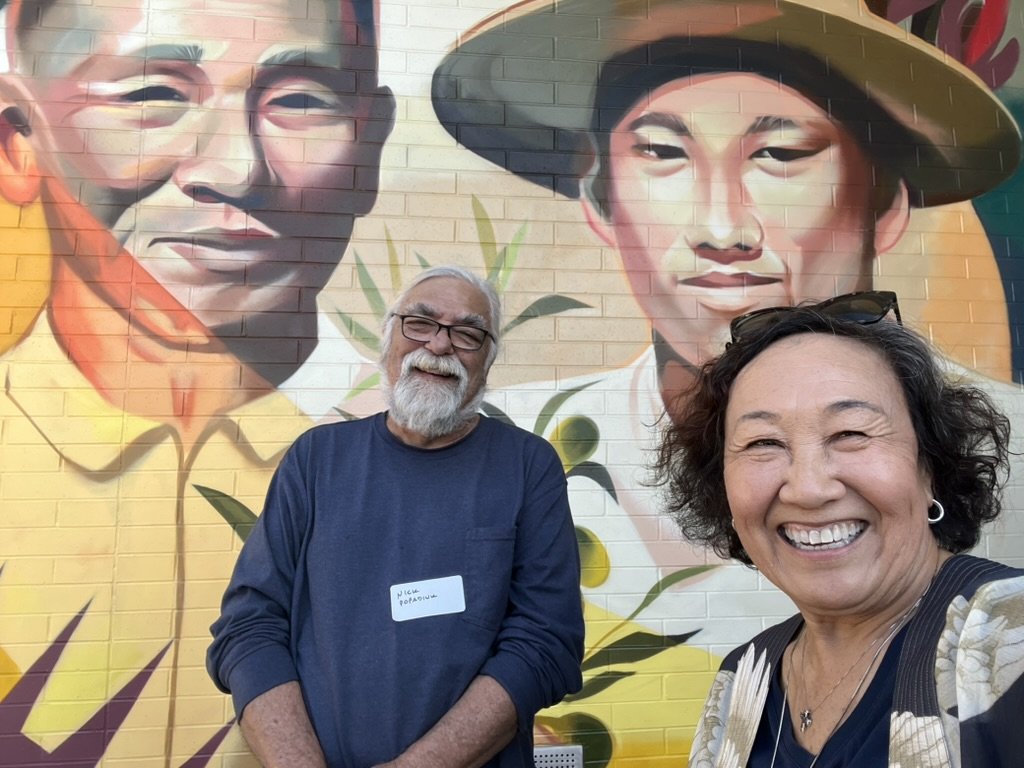
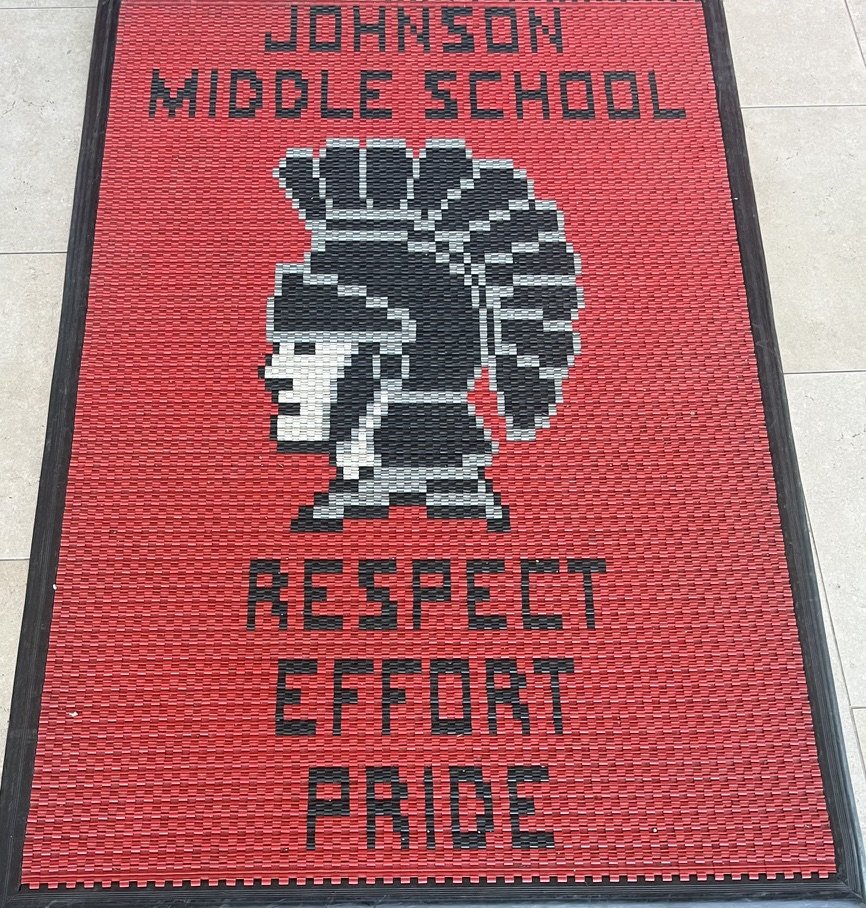

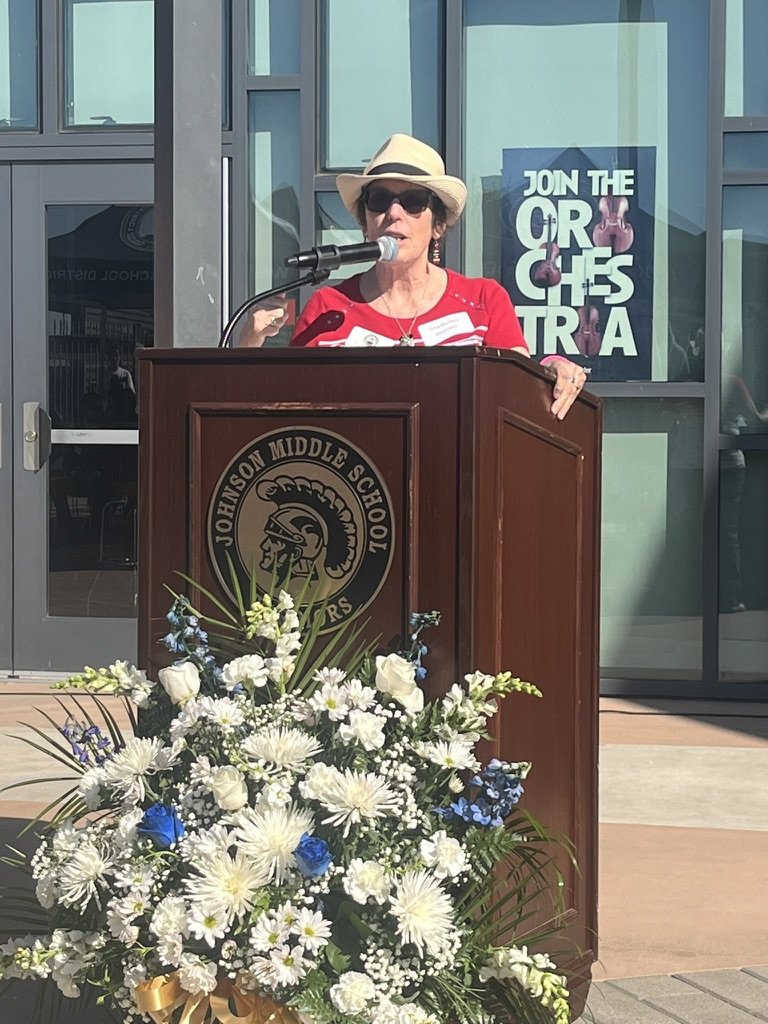
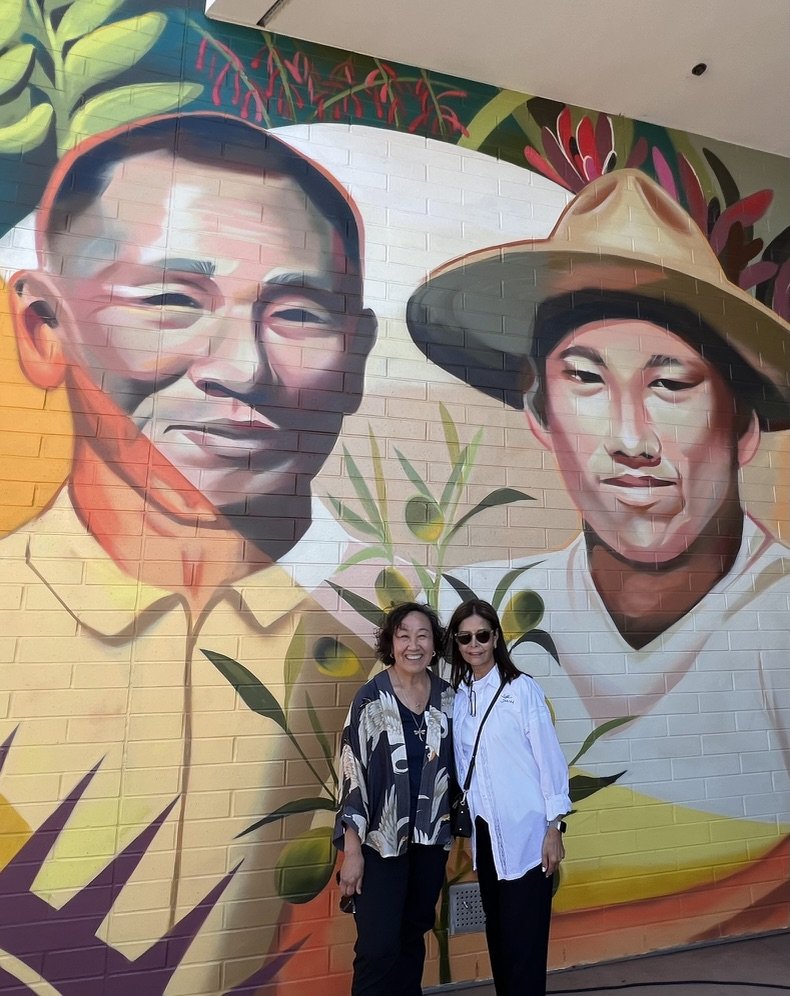



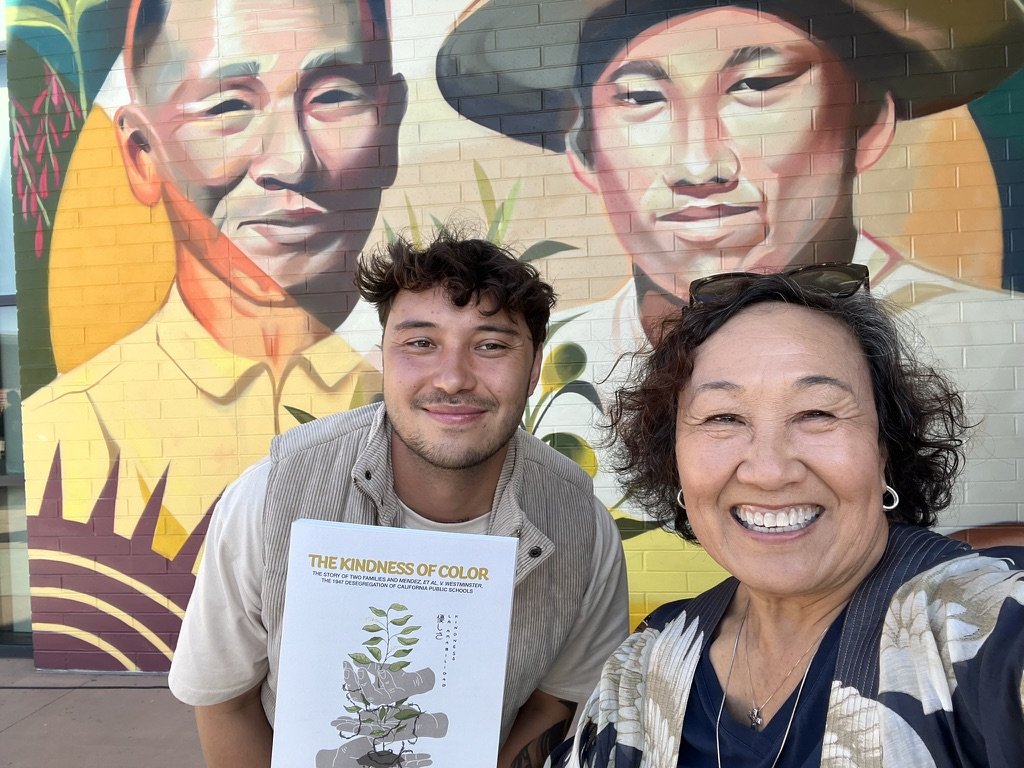

In 1930, 95 years ago, my grandpa leased land in Westminster, CA to farm. Alien Land laws prohibited him from owning land as a non-citizen, and citizenship laws excluded Chinese and Japanese immigrants from becoming citizens. It would seem he had no option, until the kind owner of this farm gave him an opportunity to purchase it when she died. She gave him “first right of refusal” to buy her farm when it was very unpopular to do so. While my grandfather could not own it in his name, his first son, my dad Seiko Lincoln “Tad,” could, as the first born US citizen in our family! I suspect there was a “lease to own” kind of “handshake deal” made and then as a young adult, my dad owned this land in his name for the family and secured a home and farm for the future. The farm is now the land with the addresses of 13603 and 13521 Edwards Street, Westminster, CA, the campuses of Johnson Middle and Findlay Elementary Schools of the Westminster School District.
In 1942, Imperial Japan bombed Pearl Harbor on December 7, 1941 and the US was launched into WWII, and the future of our family and that of all Japanese Americans on the West Coast was threatened. Difficult months went by as racism against the Japanese Americans grew and was politicized as FDR was looking for a scapegoat community to blame. He signed Executive Order #9066 on February 19, 1942 and our families’ fate was known. In May 1942, my grandfather was taken by surprise when he was arrested unjustly by the FBI. Three days later, the rest of the family had to leave the farm and everything they owned behind. They could only take what they could carry - a few suitcases total headed for an incarceration camp and unknown future.
With the loyal help of Mr. Frank Monroe, my dad’s mentor and family banker, Gonzalo and Felicitas leased the farm, fulfilling their dream to farm. They moved from a home they owned in Santa Ana to live on our Westminster farm. It all seemed to be a perfect time to farm, until they found out that the children, Sylvia, Gonzalo Jr, and Jerome, had to go to a segregated Mexican School that had no educational curriculum. After trying to get the school, the school district and the Orange County Department of Education to let the children into “anglo” school with no success, the Mendez’ organized with four other families, the Palomino, Ramirez, Estrada, and Guzman families as the “et al.” class action collaboration. This case became 5 families representing 4 Orange County school districts and they proceeded to court and won in the Federal Court of Los Angeles, and also successfully overruled the appeal in the Ninth Circuit Court on April 17, 1947.
That’s the major landmark case, but the backstory continues.
In late 1944, when the WWII Allied military advances and Supreme Court judicial atmosphere looked like the Japanese Americans would be released to leave the camps, my dad and Gonzalo signed a new one year lease. They collaborated to ensure the case would go on - Mendez’ lived in Westminster on a farm and wanted to go to the “anglo” Seventeenth Street School - all the court documents would not change. The case went to Federal Court in July 1945.
In September 1945, upon being released from the incarceration camps, my grandpa and dad, Seima and Tad, with my grandmother Masako and twin sisters Aki and Kazi, returned to the farm while the Mendez family was awaiting the federal court case ruling. To keep the case intact, my dad and grandpa chose to move into the workers' cottages and work for hourly wages for Gonzalo - a true “trading places” kind of story. In addition, the Mendez family would continue to live in the main house and Gonzalo would keep the profits for that year’s crop. This “trading places” collaboration lasted a year til September 1946 while the two families lived on the farm. Felicitas told Sylvia that her major concern was that they had spent their farm profits on the case and so she was grateful to have the next year’s crop profits for them to start their next business after leaving the farm.
Many people can’t understand why my dad would do this after losing his freedom for 3+ years and then coming back to the farm he owned to work for someone else, live in the worker’s cottage, not the family home, and give the profits from the year’s crop to his tenants. My dad was so very grateful to Gonzalo Mendez for leasing it with integrity so I can totally see why he would do that. My dad knew he was blessed to have a home to come back to as so many Japanese Americans did not.
To see my grandpa and dad on the beautifully painted mural wall on the former family farm was something I could never have imagined! They would be so shocked and humbled to be honored in this way. They represent over 125,000 Japanese Americans incarcerated during WWII, all who incurred major losses in their dignity and financially. Yet, our family was among the most fortunate to have a home to return to. Many were not so fortunate, having no home address to return to.
A student-led project, beautifully executed by Influential Walls founder Derrik Dizo and Artist Trudy Tran, the mural is supported by the Westminster School District. This mural reflects the history that Johnson Middle and Finley Elementary Schools exist on today.
“It (the mural) is student inspired and designed...students helped paint, but it was definitely professionally executed (by Influential Walls, an educational mural design firm)…This whole thing means a lot to our school and community and to know that it will be here for years to come is wonderful. The buzz around campus and the conversations are happening because it is spectacular,” words of Principal Daniel Owens, Johnson Middle School. Influential Walls founder Derrik Dizo and Artist Trudy Tran brought their professional artistic skills and helped the students with the project to make this a truly eye-catching educational mural.
The mural faces inside the campus courtyard wall of the Sylvia Mendez gymnasium of the Johnson Middle School campus, where the students enter the Music classroom and the gymnasium. The campuses of Johnson Middle School and Findlay Elementary School exist on approximately 40 acres of the former Munemitsu Farm.
If it weren’t for WWII, Exec Order 9066, and the unjust incarceration, the Mendez family would not have moved to Westminster to lease this farm when my family were forced into incarceration camps. It would have been another case, perhaps years or decades later, to desegregate California public schools. History Happened Here!
In my own words, here is a short 2 minute video from the dedication on April 8, 2025.
Great thanks to Westminster School District, Board of Trustees, Principal Daniel Owens, Influential Walls and the STUDENTS for capturing this history for years to come! It was amazing to have many friends attend - as well as Annie Tang, Chapman University Archives, Cindy Mata, UCI History Project, and a film crew from PBS Sacramento documenting the event. My dad and grandpa would be speechless, amazed and grateful that this history is shared to new generations!
Johnson Middle School has more on this history on their website at https://johnson.wsdk8.us/about-us/the-munemitsu-farm





